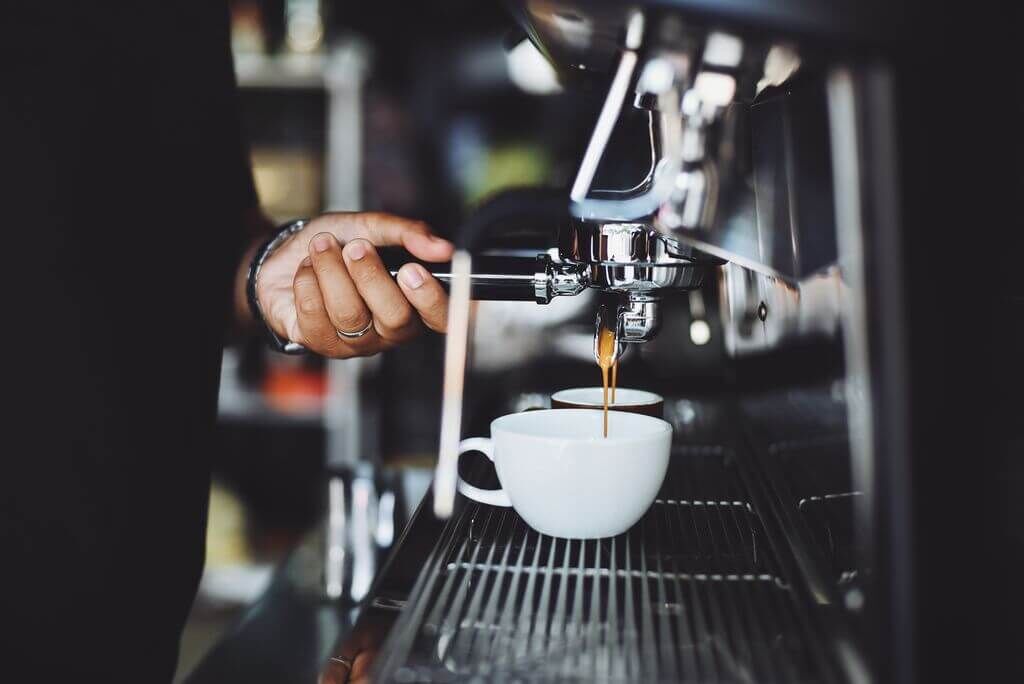
Should you own, outsource, or share your food delivery service? The pros and cons of each option!
If online food delivery had been on an upward trajectory before the coronavirus outbreak, there’s certainly no stopping it now. The convenience of having nice and warm food brought to your door will be hard to resist. Customers that have grown accustomed to ordering food online will continue to do so, which means you need to double down on your efforts to offer a great online ordering experience.
So today, we’re going to look at one of the most important aspects of the online food ordering experience -- food delivery. Should you own or outsource food delivery services? Or should you share a delivery fleet with nearby restaurants? Let’s weigh the pros and cons of these three options:
1. Pros and cons of owning your food delivery service
Before you start assembling your delivery crew, consider the following pros and cons of being in charge of food delivery:
-
You’re in the driver’s seat
Not literally, but you’ll have full control of the delivery experience. And it starts with you determining a process that will help keep your kitchen and your delivery operations in order and serve customers fast. You’ll also decide which tools you’ll use to streamline the delivery process and whether you’ll enable customers to track their orders. And, of course, you’ll get to choose and train your drivers according to your standards so that your customers receive excellent service.
-
You might end up with too much on your plate
The biggest pro of having your own delivery service is also the biggest con. Why? Because you’ll have a whole new bunch of employees to manage. This includes everything from recruiting and training a fleet of drivers to taking care of their paychecks, insurance, and leaves. When someone quits or doesn’t meet your expectations, you’ll also be the one to find a replacement. The larger your restaurant chain, the more complicated (and costly) managing extra staff can get.
-
You’re signing up for a recurring expense
Recruiting a delivery fleet is not a one-off investment but a recurring expense. For starters, you’ll need to buy the vehicles, which can be a few or many depending on how busy you are and how many locations you serve. Then, you’ll continue to pay for fuel and vehicle maintenance and, somewhere down the line, you might need to replace old vehicles. The highest cost is your human resources, though. Apart from your drivers’ regular paychecks, you’ll also be paying for their insurance and other types of compensation and benefits.
2. Pros and cons of outsourcing food delivery services
Next, we’ll see the pros of outsourcing food delivery to a third party and the risks involved when doing so.
-
You have one less thing to worry about
Like we discussed above, owning your own delivery fleet comes with recurring expenses and responsibilities. Unexpected trouble is also in the picture, though. In case a vehicle is destroyed and you need to replace it, for example. Or when a driver behaves poorly, so you have to let them go and hire a new one. By outsourcing delivery, your only job is to pay a flat fee for the service every month. Any issues that arise are handled by the service provider and don’t affect your restaurant operations or your finances.
-
You risk decreasing the customer experience
Your delivery drivers represent your restaurant. And if you operate a dark kitchen, they are the only face of your business. So if you’re going with the outsourcing option, do thorough research before deciding on a delivery service provider. Make sure their staff is well presented and polite and that the service they offer matches your restaurant’s identity. Rude delivery staff can cost you, customers. Since customers have no way of knowing your delivery drivers are not really your employees, they will blame you for anything that goes wrong.
3. Pros and cons of sharing food delivery services
Sharing a delivery fleet with neighboring restaurants is an option that appeals to new or small restaurants. Here’s why you should choose to share food delivery and what you need to be careful with:
-
You have fewer expenses and responsibilities
Sharing a delivery service means sharing the cost and responsibilities of managing a delivery crew. This is a relatively safe business move if you’re just opening a restaurant and can’t afford, or don’t want to risk another investment. You can test the waters with shared delivery until you gain more business and improve your finances, and then move on to assembling your own crew. Sharing your delivery service will also help you learn efficient delivery practices from more experienced restaurant operators.
-
Too many cooks in the kitchen
...not only spoil the broth but also complicate things. To make shared delivery work, set clear rules since day one: How will you assign deliveries? Who and how will handle the payroll? All critical issues must be agreed upon upfront to avoid misunderstandings that might cause hard feelings among fellow restauranteurs and result in poor service for your customers.
Food for thought
It seems like there’s no obvious option here. Outsourcing is a more cost-effective and painless solution, but you need to choose your partner wisely to ensure you offer a consistent (and delightful!) food delivery experience. Owning your own delivery service is worth the additional cost and responsibility if you have resources and expertise. If you own a small restaurant and want to cut down on expenses, then a shared delivery service makes the most sense.
Are you leaning towards owning your delivery service? Then check our post How a driver assist app makes your restaurant delivery process more efficient to find out how the right technology can automate and simplify your work.





